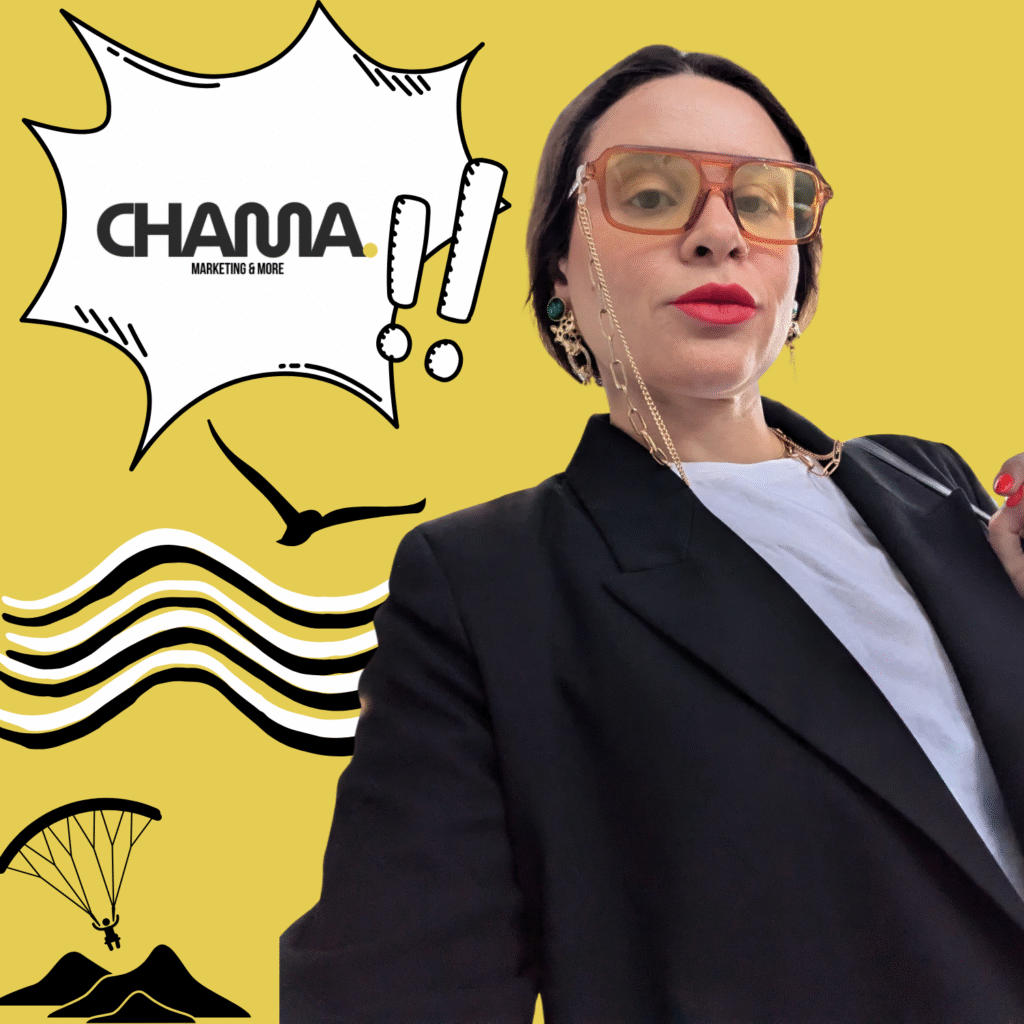Meta just handed creators a powerful new weapon: a free AI tool that translates their Reels, clones their voice, and even lip-syncs the new audio. On the surface, it’s a gift, a tool to “break down language barriers” and help creators “grow a global following”. – an important social media marketing strategy for small business.
But this isn’t just a feature. It’s a fundamental shift in the creator economy.
For marketers, creators, and brands, this tool opens a door to unprecedented global reach. It also opens a Pandora’s Box of strategic risks, from tanking audience retention to a $1 trillion legal bomb hiding in plain sight.
Here is the professional marketer’s analysis of what this really means.

Integrated directly into the Reels upload process, the tool is a simple toggle that:
It’s all powered by Meta’s sophisticated “Seamless” family of AI models, which are designed not just to translate words, but to capture and transfer emotion, tone, and intent.
Meta isn’t just being generous. This tool is a core part of Mark Zuckerberg’s “bet the farm” pivot to AI, which he calls the “third phase of social media”.
Here’s the real strategy:
It’s R&D for the Metaverse: The same “Seamless” tech that dubs your Reels is used for live translation on the Ray-Ban Meta glasses.
Your Reels are a public testbed, training the AI to understand human emotion and normalising the “creepy” factor of voice cloning before it becomes the central feature of Meta’s next computing platform.
This tool democratizes global reach. For the last decade, the creator economy has been dominated by English speakers.
Now, a talented creator in India or Brazil (both supported languages) has access to the same billion-plus English-speaking audience as a creator in Los Angeles.
This will unleash a “Cambrian explosion” of new, non-English-speaking talent, creating the “Global-First Influencer” and intense new competition for audience attention.
Before you toggle this feature on, you must understand the significant risks, from killing your engagement to exposing yourself to massive legal liability.
Risk 1: The “Retention Paradox” (The Quality Problem)
You enable AI dubs to grow your audience, but what if it kills your watch time?
This is the “Retention Paradox”. Data from YouTube channels testing AI dubs shows they “tank retention”.
Risk 2: The “Hell of Sameness” (The Authenticity Problem)
Meta’s tool promises to be “authentically you” by cloning you. This is a philosophical paradox. As philosopher Byung-Chul Han argues, the digital demand for authenticity doesn’t create authenticity; it creates “the hell of sameness”.
AI performs authenticity, it doesn’t possess it.
It atomises one human moment into countless digital copies, detached from their original context.
This floods the feed with sameness, the same creator, saying the same thing, in 10 different “authentic” voices.
Risk 3: The Deepfake Propaganda Machine (The Security Problem)
The same technology that clones your voice for a Reel can be “weaponised” to create convincing audio “deepfakes” to “convincingly imitate elected leaders”.
This tech is a force multiplier for propaganda and election interference.
The bigger threat is the “Liar’s Dividend.” As the public learns that any audio can be faked, a real politician caught on a hot mic can plausibly claim it’s a deepfake.
Meta normalising this tech accelerates the erosion of objective truth.
Risk 4: The $1 Trillion Legal Bomb (The Liability Problem)
This is the most critical risk for both Meta and its creators. For decades, platforms like Meta have been shielded by Section 230, which says they are not liable for what their users post.
But what happens when Meta’s AI generates a translation that is defamatory, infringes copyright, or incites violence?
Legal experts and even Supreme Court Justice Gorsuch have argued that generative AI “likely would not be covered by Section 230”. If this immunity collapses, Meta would be directly liable for the AI-dubbed content.
This is why Meta’s design is a calculated legal strategy. The “review and approve” toggle and “full control” are not just features; they are Meta’s attempt to shift the legal liability to you.
By clicking “approve,” the creator may be legally “held responsible for reviewing” the content, becoming the “publisher” of the AI’s words.
What does this all mean for the next two years? We are heading for an “AI reckoning”.
Forrester Research predicts that in 2026, enterprises will delay 25% of planned AI spending.
Why? Because “AI value is failing to land”.
The market will pivot “From Hype To Hard Hat Work,” prioritizing provable ROI over “flair”.
Meta’s AI translator is the ultimate “hard hat” tool. It’s not hype.
It provides a clear, functional, bottom-line value: produce localised content at “half the cost”.
This is the kind of utility that will survive the 2026 correction.
The winner of this new era will be “not by machines alone but by humans who know how to work with them”.
The future is a “Hybrid Human-AI Pipeline”.
AI will handle 80% of the work (the “mundane” first drafts, the scaling).
The human’s role becomes the final, most valuable 20%: strategic oversight, quality control, and providing the cultural nuance AI will always miss.
For Creators:
You are the final editor. Your “authenticity” is your only brand; guard it with your life.
For Brands & Marketers:
Small business owners can utilise AI tools to enhance their reach, optimise their operations, make their lives easier to focus on what’s important.
The most important thing, to not become one AI boring messenger, of not engage with potential clients, is to work on the strategy.
Who do you serve and what’s it’s important for them.
Creating a content that connects with their needs, show the right solutions, break their false beliefs and break their objections.
Every small business owners also needs support with marketing strategy, and we’re here to support you with the strategy and map you need to drive your marketing to the next level.